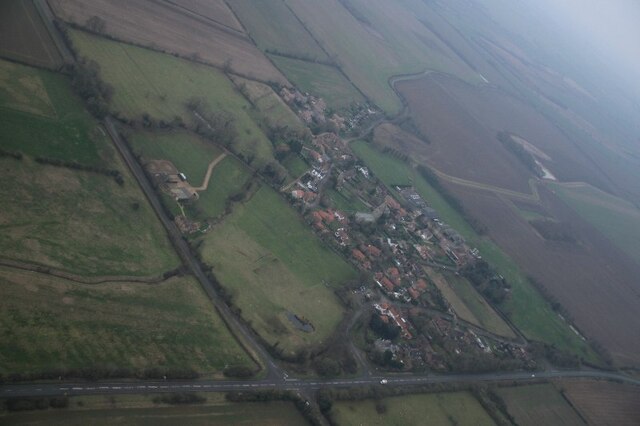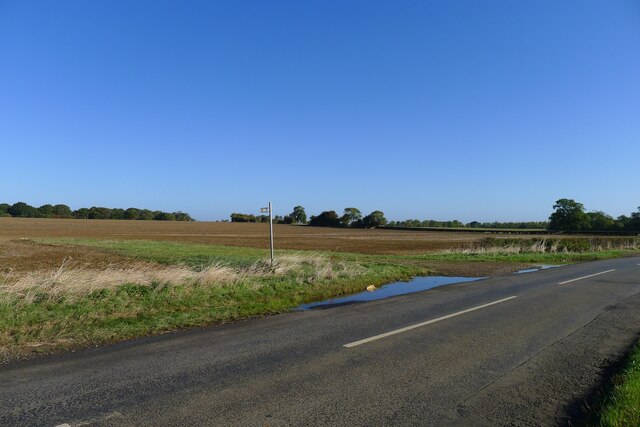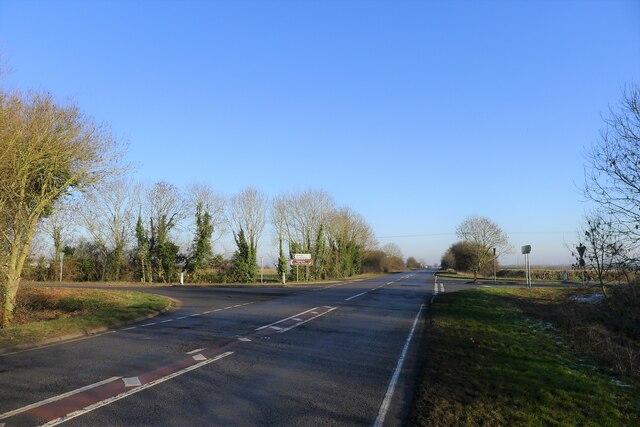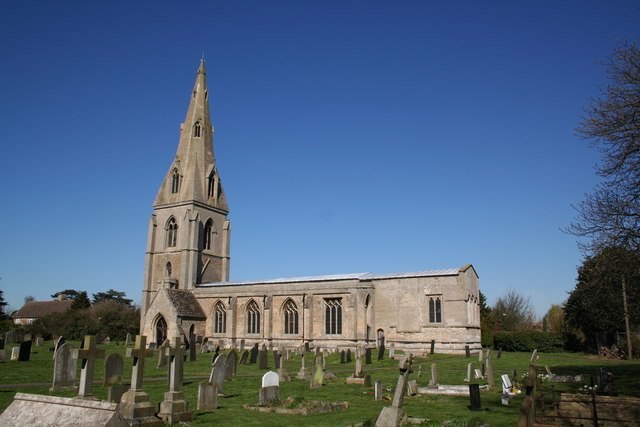Great Gorse
Wood, Forest in Lincolnshire North Kesteven
England
Great Gorse

Great Gorse is a small woodland area located in the county of Lincolnshire, England. Situated near the village of Wood, it is known for its picturesque landscapes and rich biodiversity. With an area spanning approximately 50 acres, Great Gorse offers a tranquil and natural environment for visitors to explore.
The woodland is predominantly made up of dense thickets of gorse, a spiny evergreen shrub native to the area. These vibrant yellow flowers can be seen blooming throughout the year, adding a burst of color to the surroundings. In addition to gorse, the woodland also features a variety of other tree species, including oak, beech, and ash, which provide a diverse habitat for wildlife.
Great Gorse is home to an array of fauna, making it an ideal spot for nature enthusiasts. Birdwatchers may spot species such as woodpeckers, owls, and various songbirds. Small mammals, including rabbits and squirrels, can also be observed scurrying through the undergrowth. The woodland floor is adorned with wildflowers and ferns, creating a vibrant ecosystem for insects and other invertebrates.
For outdoor enthusiasts, Great Gorse offers several walking trails that meander through the woodland, allowing visitors to immerse themselves in the natural beauty of the area. The peaceful atmosphere and the abundance of flora and fauna make this woodland a popular destination for both locals and tourists looking to reconnect with nature.
If you have any feedback on the listing, please let us know in the comments section below.
Great Gorse Images
Images are sourced within 2km of 52.898826/-0.38562357 or Grid Reference TF0834. Thanks to Geograph Open Source API. All images are credited.
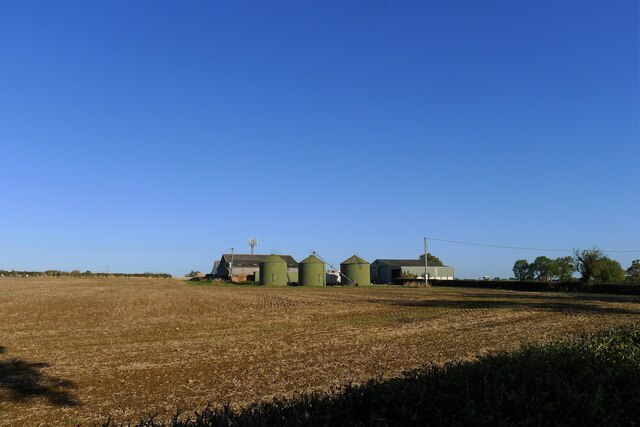
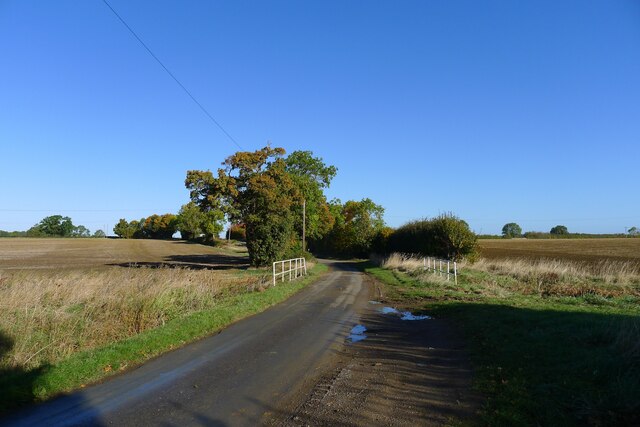
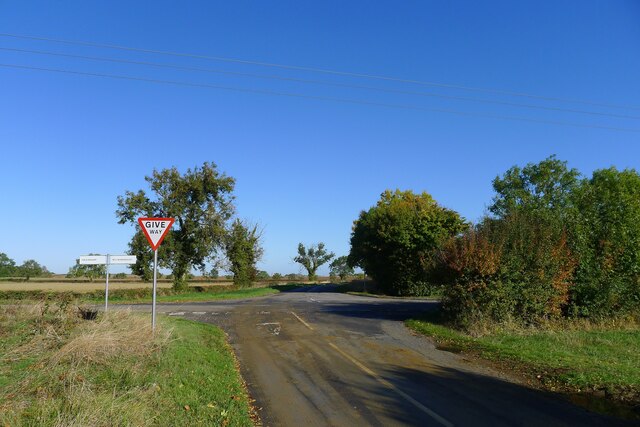
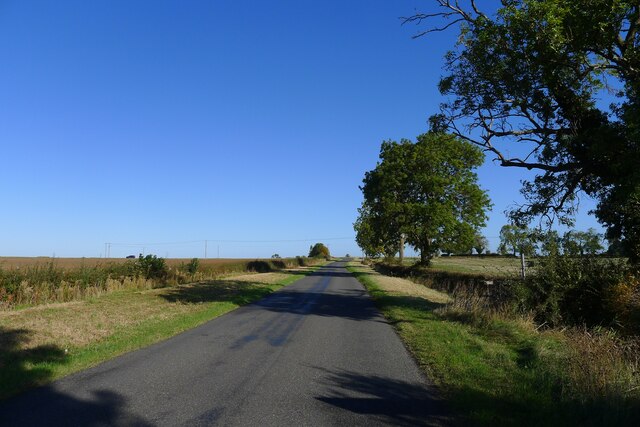



Great Gorse is located at Grid Ref: TF0834 (Lat: 52.898826, Lng: -0.38562357)
Administrative County: Lincolnshire
District: North Kesteven
Police Authority: Lincolnshire
What 3 Words
///adopts.grounding.aimless. Near Billingborough, Lincolnshire
Nearby Locations
Related Wikis
Stow Fair, Lincolnshire
Stow Fair was an English medieval fair inaugurated in 1233 and held at Stow Green Hill in Lincolnshire.The Prior of Sempringham was granted permission...
St Peter's Church, Threekingham
St Peter's Church is a church in Threekingham, Lincolnshire. It is dedicated to St. Peter ad Vincula (St Peter in chains). It became a Grade I listed building...
Folkingham Castle
Folkingham Castle is located near the village of Folkingham, Lincolnshire, England. The castle was the caput baroniae of the barony of Folkingham. A motte...
Threekingham
Threekingham (sometimes Threckingham or Tricengham) is a village in the North Kesteven district of Lincolnshire, England. The population of the civil parish...
Have you been to Great Gorse?
Leave your review of Great Gorse below (or comments, questions and feedback).

